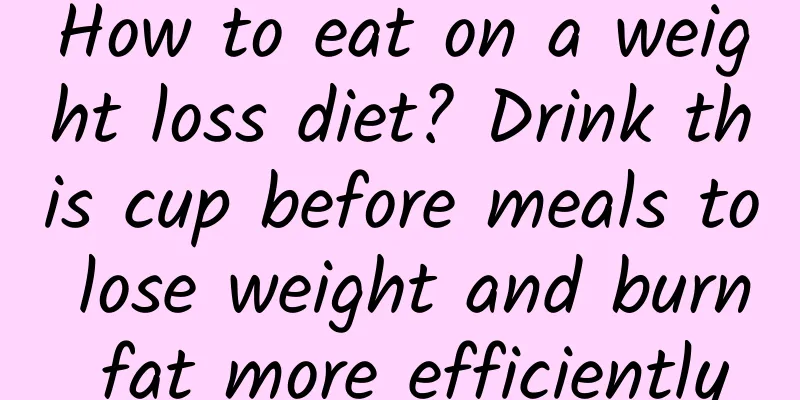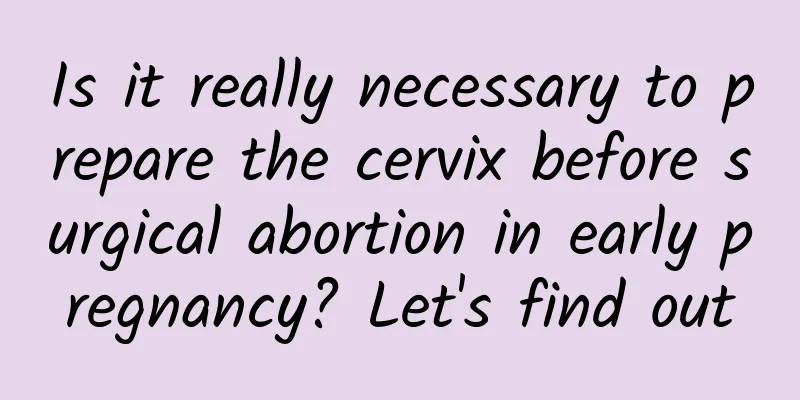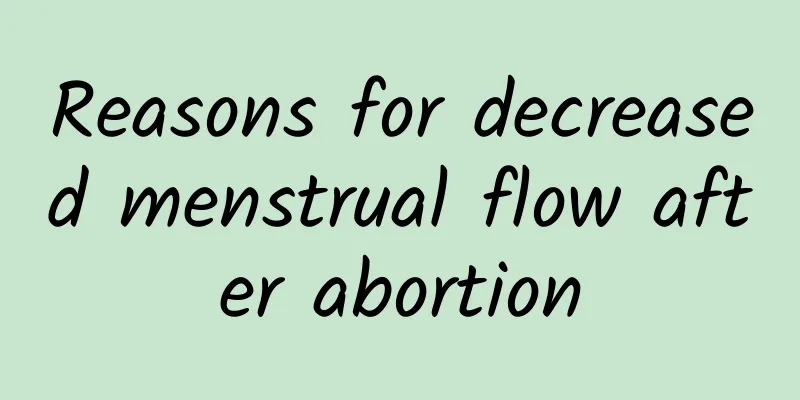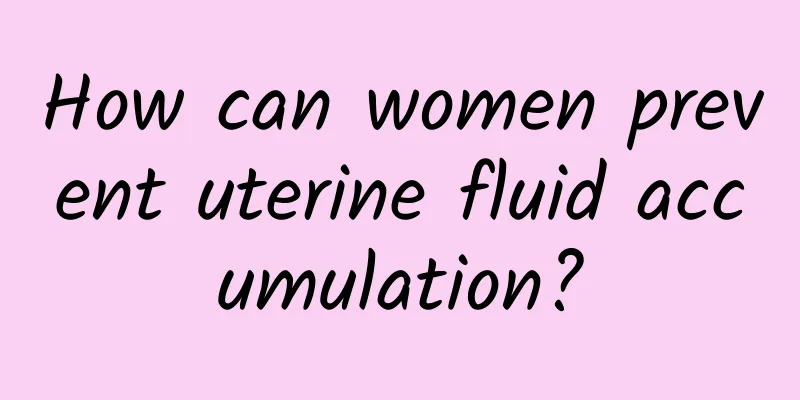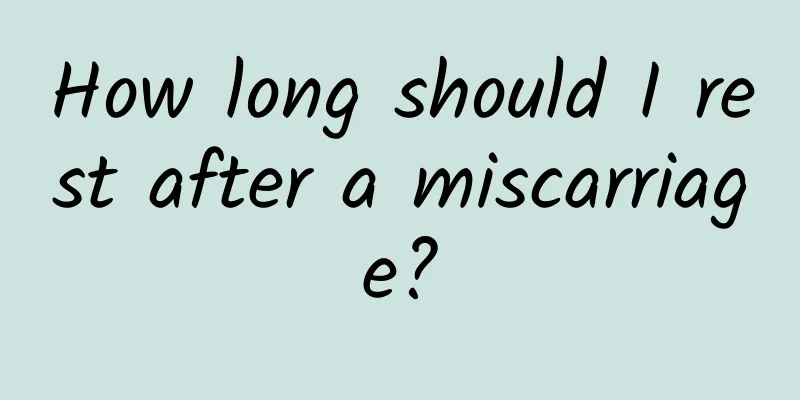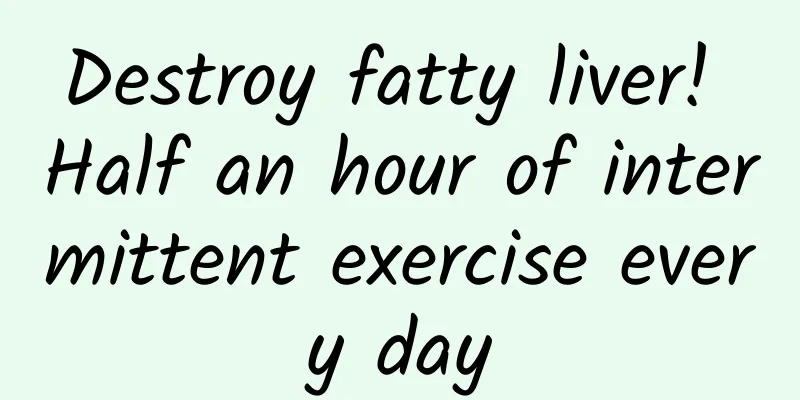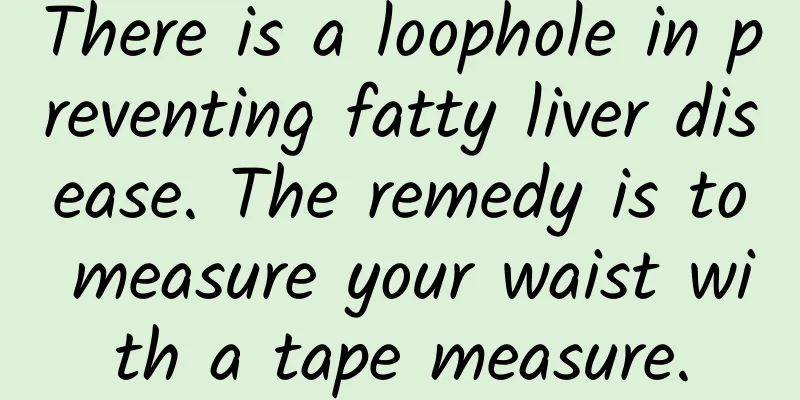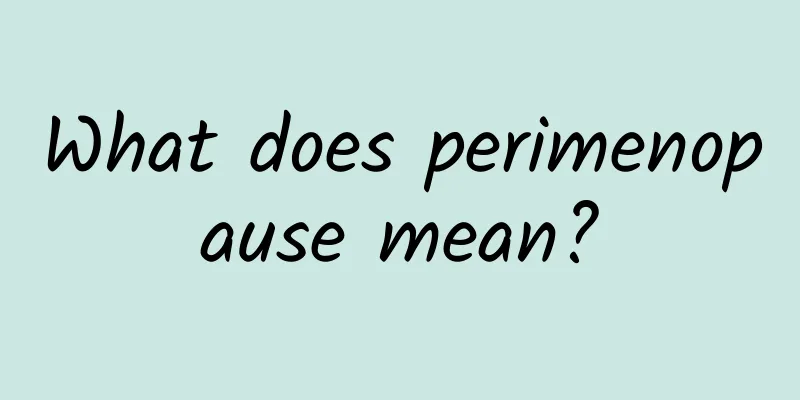What medicine can eliminate right ovarian cyst?
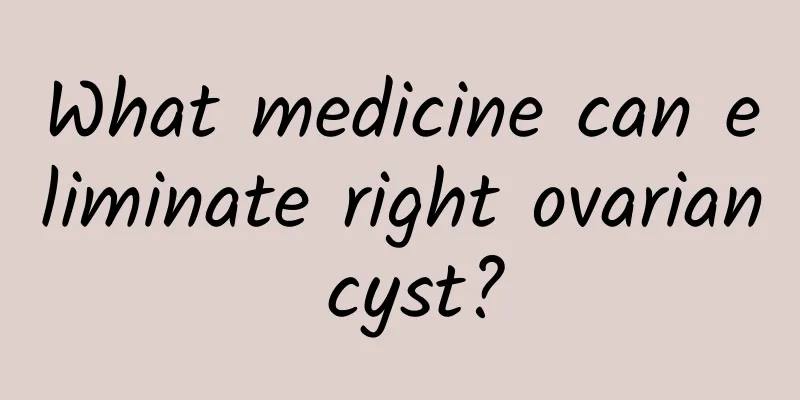
|
It is usually difficult to completely eliminate right ovarian cysts with simple medication. Targeted medications are mainly used to relieve symptoms or inhibit the proliferation of cysts, such as oral hormone drugs, gonadotropin-releasing hormone analogs, etc., but the specific choice of medication must be based on the doctor's advice. Right ovarian cysts can be divided into functional cysts and pathological cysts according to the cause. Most functional cysts (such as corpus luteum cysts and follicular cysts) can shrink or disappear on their own within a few physiological cycles. If the cyst is large or accompanied by symptoms (such as abdominal pain or menstrual disorders), the doctor may recommend the use of contraceptives (such as Diane-35 and Marvelon) to regulate hormone levels, inhibit follicle growth and prevent further enlargement of the cyst. Some pathological cysts (such as cystic teratomas and endometriotic cysts) may require the use of gonadotropin-releasing hormone analogs (such as leuprorelin) to inhibit cyst activity and relieve related pain. For inflammatory cysts, combined antibiotic treatment (such as amoxicillin and cephalosporins) may have a certain relief effect. Hormonal drugs may have side effects such as nausea and body edema, and the effect of the medication should be closely monitored. Right ovarian cysts can be divided into functional cysts and pathological cysts according to the cause. Most functional cysts (such as corpus luteum cysts and follicular cysts) can shrink or disappear on their own within a few physiological cycles. If the cyst is large or accompanied by symptoms (such as abdominal pain or menstrual disorders), the doctor may recommend the use of contraceptives (such as Diane-35 and Marvelon) to regulate hormone levels, inhibit follicle growth and prevent further enlargement of the cyst. Some pathological cysts (such as cystic teratomas and endometriotic cysts) may require the use of gonadotropin-releasing hormone analogs (such as leuprorelin) to inhibit cyst activity and relieve related pain. For inflammatory cysts, combined antibiotic treatment (such as amoxicillin and cephalosporins) may have a certain relief effect. Hormonal drugs may have side effects such as nausea and body edema, and the effect of the medication should be closely monitored. In addition to drug treatment, diet and lifestyle can help cysts recover. It is recommended to consume foods rich in vitamins (such as spinach and carrots) and nuts to supplement unsaturated fatty acids, and avoid high-sugar and high-fat diets. Maintaining a regular schedule and moderate exercise can help maintain hormone balance in the body. At the same time, if the cyst is accompanied by persistent pain or rapid enlargement, you need to seek medical attention immediately to avoid acute complications such as ovarian torsion and rupture. |
<<: How to treat cervical adhesion after abortion
>>: How long does it take to treat mild cervical hypertrophy?
Recommend
What are the characteristics of vulvar leukoplakia? The main symptom of vulvar leukoplakia is vulvar itching.
The main symptom of vulvar leukoplakia is vulvar ...
Abdominal pain and diarrhea are one of the early symptoms of ectopic pregnancy
I believe everyone is aware of the dangers of ect...
How to eat to lose weight? Nutritionists recommend that a reduced-sugar diet plus dietary fiber is the key, and eating right will get you twice the result with half the effort!
From the end of the year to the beginning of the ...
What should I do if I have recurrent miscarriage caused by chromosomal abnormalities? Listen to the doctor
Recurrent miscarriage can cause great harm to a w...
What are the most common symptoms of cervical erosion in life?
Cervical erosion is a gynecological disease with ...
Can early-stage endometriosis be cured?
Endometriosis is one of the main causes of female...
Will cervicitis heal on its own?
Whether cervicitis can heal itself needs to be an...
Leading to symptoms of chronic adnexitis
Adnexitis is a common disease. Clinically, adnexi...
How do women take care of cervical warts?
Cervical warts are a very common disease. Althoug...
Three common diagnostic methods for Bartholinitis
The occurrence of Bartholinitis makes patients ve...
Three ways to slim down your arms by lifting dumbbells in winter
It’s freezing cold in winter. Do you just want to...
You can practice while sitting! 4 minutes of Tabata slimming and fat burning exercise every day, quickly slim down your arms and eliminate arm fat
The fat in the area where the arms connect to the...
What are the dietary precautions for adenomyosis?
What are the dietary considerations for adenomyos...
Focus on 3 aspects of psychological care for patients with artificial abortion
Abortion surgery also causes great psychological ...
What causes adnexitis and what medicine should I take?
Adnexitis is usually caused by infection and can ...
